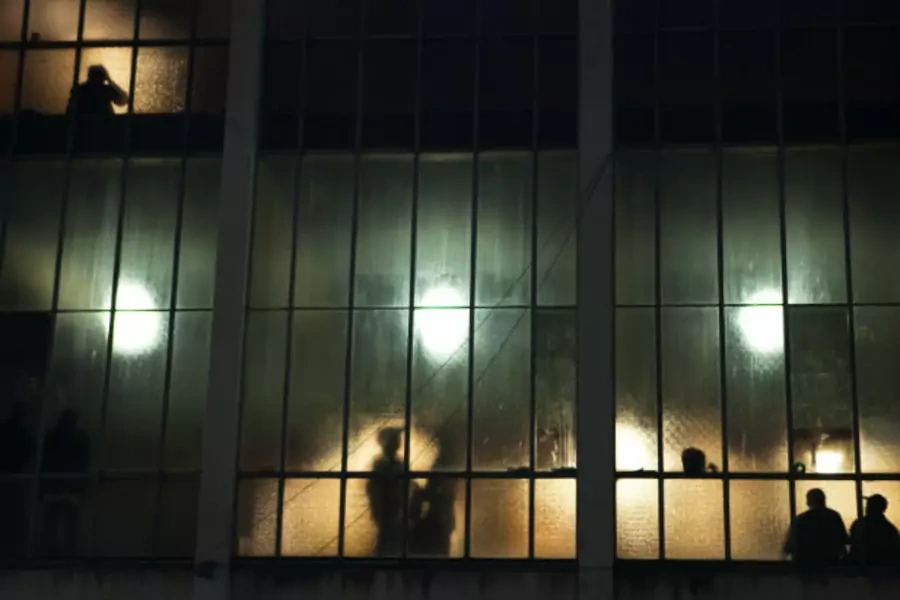More on:
When a measure of economic stability returned to Zimbabwe, South Africa dismantled its special treatment regimes for refugees from that country. It now requires entry permits, work permits, and imposes other requirements which, according to a human rights NGO, are consistent with international practice. However, xenophobia remains in job-starved South Africa, and the under-trained and poorly paid police often have been unduly rough with Zimbabweans.
The Central Methodist Mission in downtown Johannesburg has a tradition of social activism dating back to apartheid times. Originally a white congregation, it now is almost entirely black, thoroughly middle class in appearance, though its bishop is white. During the height of the anti-Zimbabwean xenophobia, it began providing a place for refugees and migrants to sleep. It provides no food or bedding, but does facilitate entry into a primary school. My interlocutor said that the facility is unsafe, because there is no control over entrance into the church. Apparently, criminals prey on the the residents.
Our intern, Melissa Bukuru, discussed the shelter and other immigrant spaces in a blog about intra-continental immigration earlier this year, after she returned from Johannesburg. My research associate, Asch Harwood, and I also visited the Central Methodist Mission over the past weekend. Our guide told us that more than a thousand people sleep in the Sunday school rooms, corridors, and along the steps. Even mid-afternoon the overcrowding was oppressive. Only a few residents had small, curtained-off areas. Everybody else slept where they could. Children were everywhere, and daily activities were underway: cooking, laundry, etc. Our guide told us that one toilet served five hundred people. To me, conditions were squalid, and the facility was a firetrap. But, residents have no other place to go. There are periodic police raids in search of illegal aliens (probably a large percentage of the residents), but, thus far, the bishop has managed to get them to back off.
I was told that the congregation is split over hosting the Zimbabweans (and others). Probably the majority want their facility back. But the bishop is adamant and so far has carried the day.
The Central Methodist Mission is stark testimony to the mayhem that disfigured Zimbabwe in the past and may do so again. It also illustrates the very high cost to South Africa of the Mugabe regime.
More on:
 Online Store
Online Store
